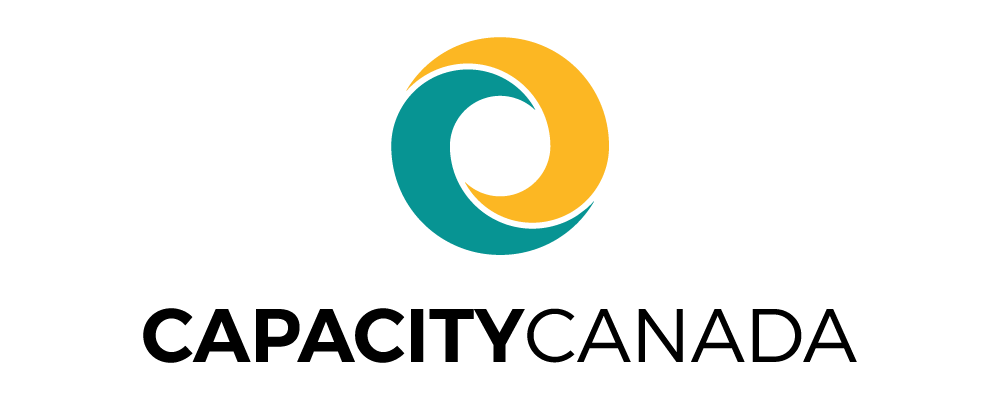Non-profit leaders are facing a convergence of trends and forces which are reshaping how non-profit organizations are governed, resourced, managed and organized to accomplish their work.
A group of corporate funders, board chairs and staff leaders from more than a dozen non-profit organizations in Waterloo Region came together earlier in the fall at a roundtable discussion to explore the impact these changes are having on the sector. Capacity Canada hosted the session, which was led by Linda Mollenhauer, chair of Ignite NPS – a foundation which supports the development of research and resources for leaders in the sector.
In her discussion paper Trends and Forces Reshaping Nonprofit Organizations, Mollenhauer outlines four themes which capture the trends and forces at play as well as provides strategic questions that should be asked by board members and the management team to ensure they are out in front of the changes.

“We’re seeing a level of transformation in the sector I haven’t seen before and I’ve been at it for 40 years,” she told those around the table.
A majority of participants agreed that we can’t just tinker around the edges; leaders will need to fundamentally change the way they go about their work.
One of the big disruptors reshaping the sector is that people can ‘do good’ outside the boundaries of traditional non-profit organizations. Mollenhauer pointed out that in today’s marketplace the once sharp lines between ‘not-for’ and ‘for’ profit are blurring.
“Non-profits are running business ventures, corporations are independently advancing their own social agendas and young entrepreneurs are establishing vehicles to create social change using technologies and social media to self-organize”. Participants agreed that this will make it tougher to attract and retain quality staff and board members.
Linked to this disruptor, is the shift in expectations by the generations that now represent the largest market for donations and volunteers. Mollenhauer shared research that shows that these contributors care more about issues and causes and less about the organizational structures that house them. She noted that they tend to look for somewhere that is solving a problem they care about and then migrate to them, whether they are a long established organization, social enterprise or group of friends, or activists.
Another disruptor which was discussed by participants is the demand from donors, funders and the public for greater and more demonstrable impacts on issues. Combined with technology advances that allow for easier and most cost effective connectivity and greater competition for resources, these trends are increasing the pace at which collaborations are being formed and their complexity.
“Organizational leaders,” she said, “need to be comfortable with ‘co-opetition’, in which organizations co-operate with competitors in order to achieve better results.”
However, it became clear from the reaction among the group that getting to that place can be difficult. In fact, one of those in attendance suggested non-profits get too caught up in their ‘own ticket’ to see the need for collaboration. Another pointed out that for collaborations to be successful, they must be built on trust, and building trust can take time and resources to achieve.
Participants agreed that collaborations shouldn’t be forced; they need to happen organically if they are to last and make a significant difference. Mollenhauer added that collaborations can be challenging because they shift accountability and authority from the single organization to the collaboration’s governance.
“Many of our leaders are having to develop the competency to manage much more complex structures and processes,” she said.
Mollenhauer talked about the challenges of leading in this more complex and competitive environment.
She noted that the expectations of board members has expanded and become more sophisticated; and yet, organizations routinely talk about their lack of success in recruiting board members with the competencies to achieve expectations.
She asked, “At what point do we acknowledge that it may not just require better recruitment strategies and more capacity building; it may be a deeper problem of structure and purpose that has to be addressed.”
It’s hoped that the ‘Trends and Forces’ resource will be used as a high level briefing for board members and management or to stimulate conversations about how the organization can adapt to the changes in the environment. Participants wrapped up the session with agreement that those organizations that are agile and can adapt to these forces will be the most successful.
For more, visit http://ignitenps.com/ Please feel free to share it widely.
* with files from LINDA MOLLENHAUER and BRIAN RODNICK

